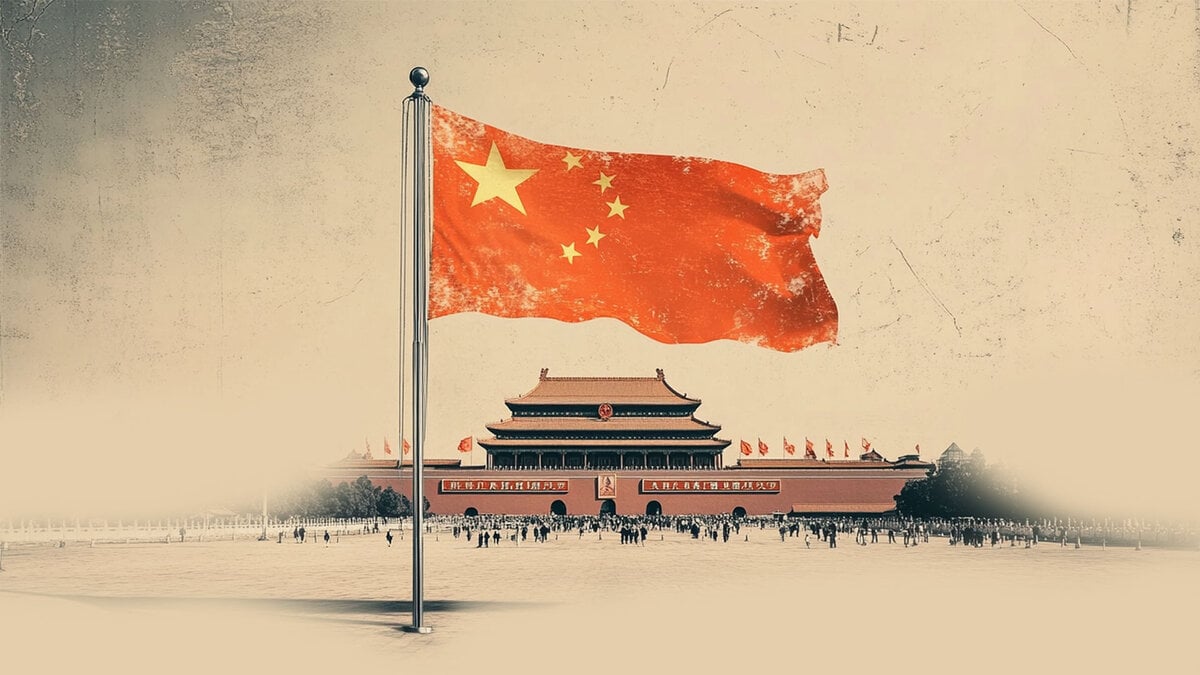Yuan and why

With the U.S. imposing aggressive tariffs on Chinese goods, conventional wisdom suggests that Beijing will retaliate with a sharp devaluation of the yuan to counter the economic shock. But this assumption is flawed. The level of devaluation required to fully offset tariffs exceeding 100% would be extreme, risking financial instability and undermining confidence in China’s economic management. Instead of reacting impulsively, Beijing remains committed to yuan stability, signaling a calculated strategy rather than desperation.
China’s currency management reflects this approach. In 2023, the dollar rose just under 3% against the yuan, while the broader Dollar Index climbed over 7%. So far in 2025, the yuan is virtually unchanged, even as the Dollar Index has dropped by about 8.3%. The PBOC is allowing slightly more flexibility at the exchange rate, with daily changes in its reference rate widening from negligible 0.01% to 0.055% on average. While seemingly small, this adjustment signals that policymakers are adapting conditions but still controlled and managed. Three-month implied CNY volatility surged in early April, hitting 7.6%, its highest since 2022, before retreating below 6%.
Beyond currency policy, China has been de-risking from the U.S., gradually reducing dependence on American demand. Exports to the U.S. now make up around 15% of China’s total exports, down from 20% in 2020—yet still a $400 billion market. As China maintains yuan stability against the dollar, it has depreciated against the euro (to record lows) and yen (three-year lows). The yuan's stability against the dollar also means that it has depreciated against many emerging market currencies. It can replace some of US demand by boosting exports to other countries, but of course, Beijing needs to tread carefully so as not to antagonize and trigger more protectionism. The superior approach from a political and economic vantage point is for Beijing to expand domestic demand to offset the loss of US demand. Additional fiscal and monetary stimulus is expected to be deployed in the coming months.
For the US, finding alternatives to Chinese suppliers—especially in high-tech sectors and rare earths—will not be easy, especially in the near- to medium-term. China has tightened export restrictions on seven additional rare earth elements, adding to previous limitations. American companies have reportedly stockpiled supplies, but transparency remains limited, making it difficult to assess vulnerabilities. In the short-to-medium term, Beijing retains escalation dominance in trade, leveraging control over critical supply chains while Washington struggles to find adequate replacements for consumer technology products and processed rare earths.
Diplomatic efforts are equally fraught. The Trump administration has pressed China for direct negotiations but insists that China cries “uncle” first and calls. Yet Beijing insists that talks cannot proceed without greater respect for its red lines. Instead of engaging behind closed doors, discussions are unfolding in the media, where Chinese officials challenge Washington’s approach, refusing to negotiate under perceived pressure. So far, Washington shows no sign of adjusting its strategy.
China’s approach to U.S. tariffs is not reactionary—it is strategic. Beijing recognizes that in trade escalation, it has dominance, particularly in key industries such areas consumer electronics and rare earths. The U.S. lacks immediate alternatives for many of China’s core exports and supply chains, limiting its ability to impose lasting economic pressure. Expect Beijing to press its advantage. The US reprieve on tariffs of consumer electronic products revealed a recognition of the asymmetry, and even before the US foreign ship fees are implemented, reports suggest Beijing has begun constraining outbound container shipments, without the fanfare of the American announcement. "Speak softly and carry a big stick" may have been a US expression, but as in manufacturing, China takes it and makes its own.
By maintaining currency stability, boosting domestic, and continuing to diversify its export markets China is well positioned to absorb the shock from Washington. The chip blockade and tariffs will not suffice to force a fundamental change from Beijing. Washington must recognize that China’s strategy is about endurance, adaptation, and long-term positioning—and right now, Beijing is playing the stronger hand. Nearly every step the US makes, retreating from its global leadership role, China takes a step forward. Washington is increasingly forced to use the stick to get cooperation from other countries, and in so doing, is losing the battle for hearts and minds. Wolf tactics did not serve China well, and they are unlikely to win friends for the US.
Author

Marc Chandler
Marc to Market
Experience Marc Chandler's first job out of school was with a newswire and he covered currency futures and Eurodollar and Tbill futures.

















